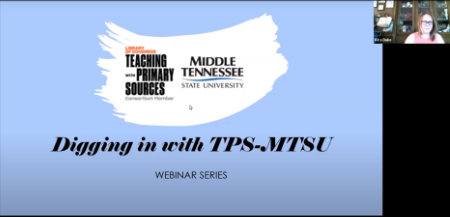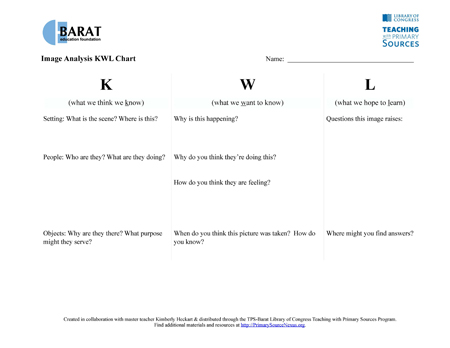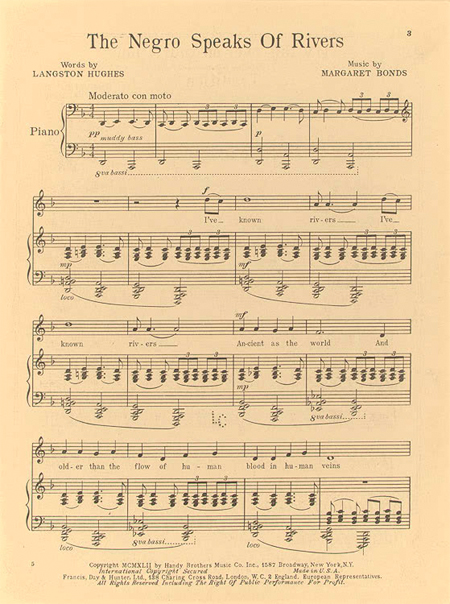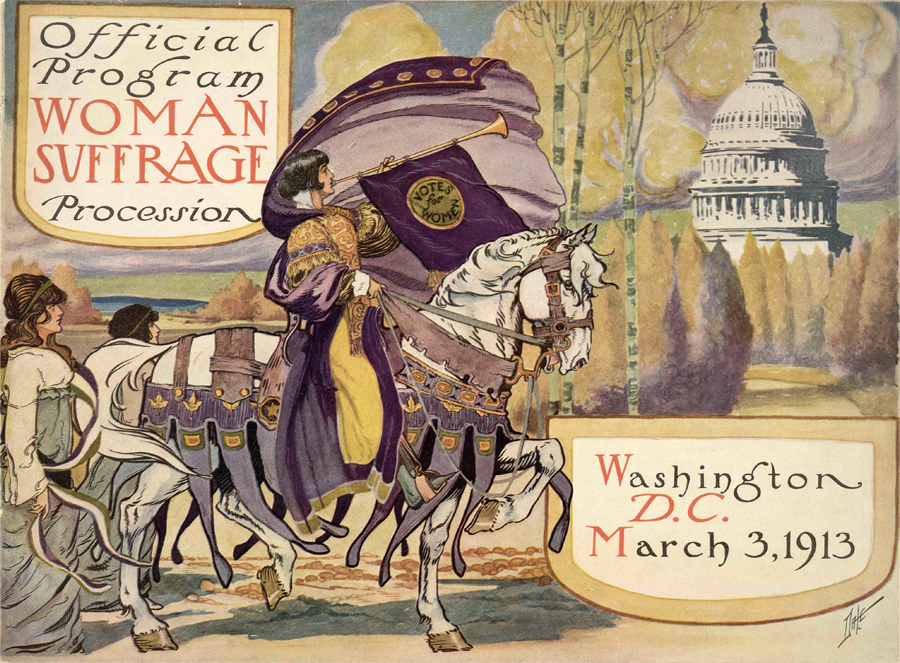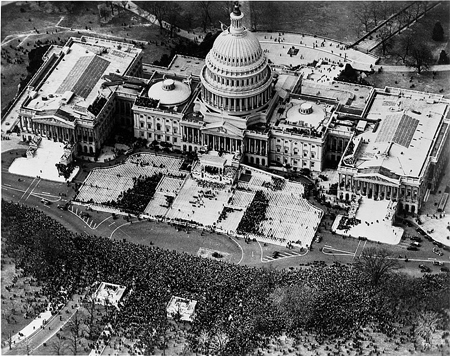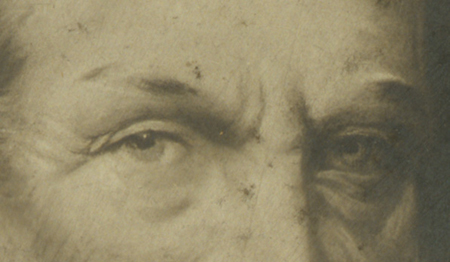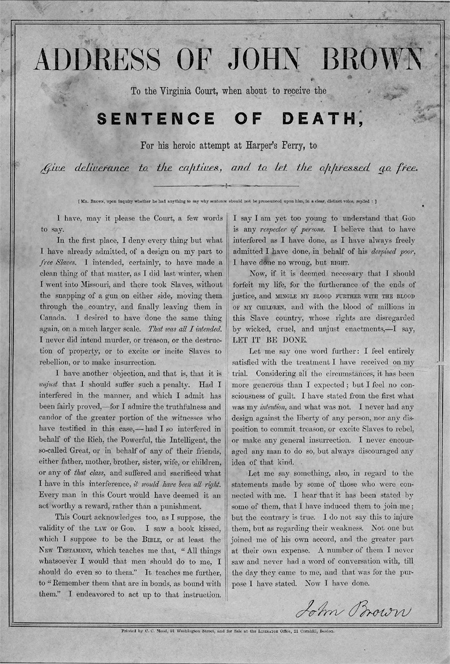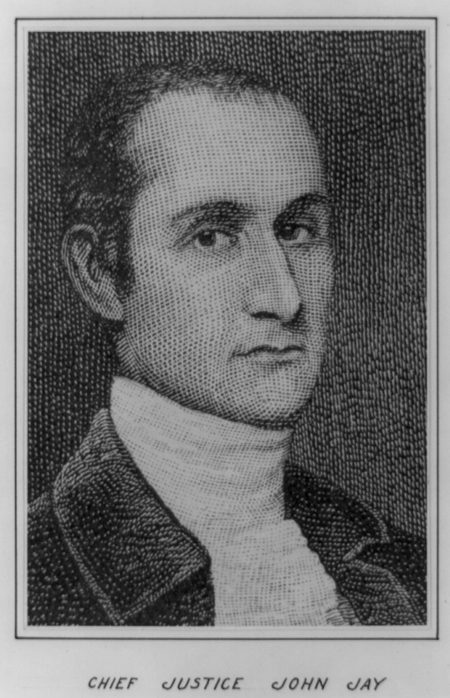TPS Spotlight: Middle Tennessee State University
The Library of Congress Teaching with Primary Sources (TPS) program at Middle Tennessee State University (MTSU) joined the national TPS Consortium in May 2008 and is administered by the Center for Historic Preservation at MTSU. TPS-MTSU seeks to link current state-focused K-12 educational initiatives to larger national themes and to emphasize student exploration of history,…

